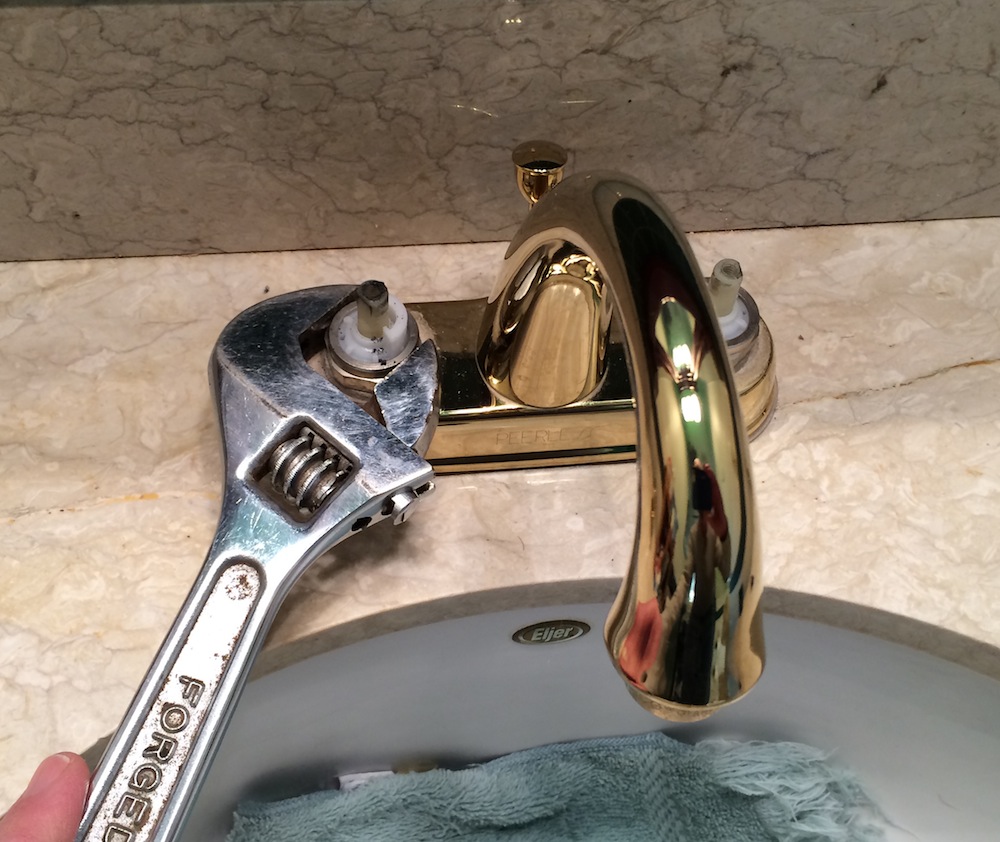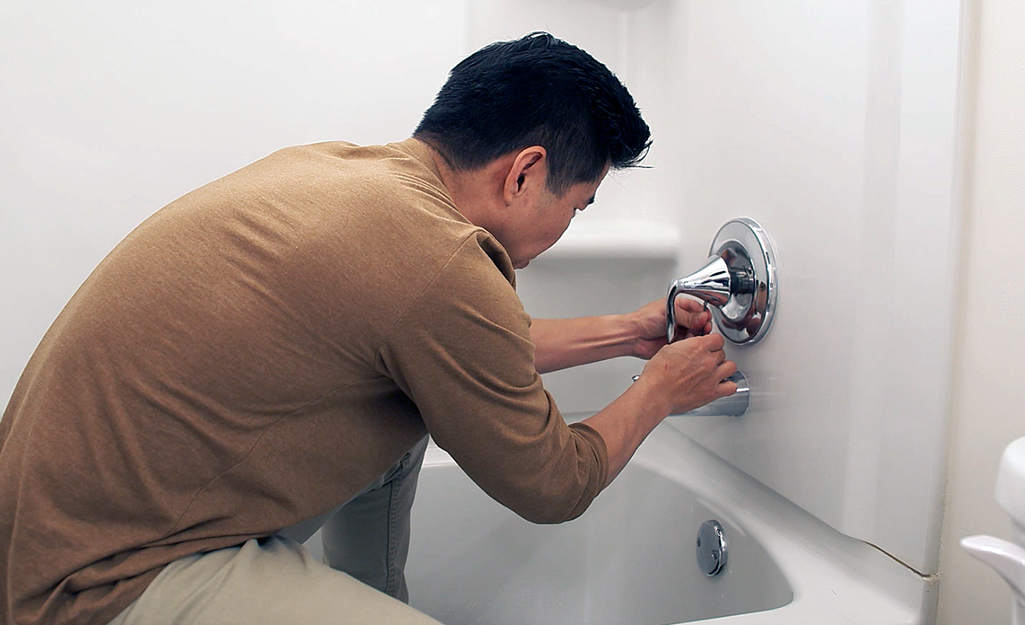Everyone maintains their unique way of thinking in relation to Why Are My Faucets Dripping (And Can I Fix It Myself)?.

Trickling taps might appear like a small trouble, however their influence goes beyond just the inconvenience of the sound. From drainage to sustaining unneeded economic costs and wellness dangers, overlooking a leaking tap can cause various repercussions. In this write-up, we'll delve into why it's vital to resolve this usual home issue immediately and effectively.
Waste of Water
Ecological Influence
Leaking faucets contribute considerably to water waste. According to the Epa (EPA), a solitary faucet trickling at one drip per secondly can squander greater than 3,000 gallons of water each year. This not only stress water sources but additionally affects communities and wild animals depending on them.
Step-by-Step Overview to Taking Care Of a Dripping Tap
Tools Required
Prior to attempting to fix a leaking faucet, gather the essential devices, consisting of a flexible wrench, screwdrivers, replacement parts (such as washing machines or cartridges), and plumber's tape.
Typical Faucet Issues and Their Solutions
Identify the sort of faucet and the certain issue creating the drip. Usual issues consist of damaged washers, corroded shutoff seats, or damaged O-rings. Describe manufacturer directions or on-line tutorials for detailed guidance on repair work.
Financial Expenses
Raised Water Expenses
Past the environmental effect, leaking taps can pump up water bills considerably. The collected wastage over time equates into higher utility costs, which could have been prevented with prompt repair work.
Prospective Building Damage
Moreover, prolonged trickling can result in damage to fixtures and surfaces bordering the faucet. Water build-up can cause staining, rust, and even structural concerns if left ignored, resulting in extra repair work prices.
Health and wellness Issues
Mold And Mildew and Mold Growth
The consistent visibility of dampness from a leaking faucet creates an ideal environment for mold and mold development. These fungis not only endanger interior air quality but likewise present wellness risks, specifically for individuals with respiratory conditions or allergies.
Waterborne Diseases
Stagnant water in dripping faucets can become a breeding place for germs and other pathogens, raising the risk of waterborne conditions. Contaminants such as Legionella germs thrive in stationary water, potentially leading to severe ailments when consumed or breathed in.
DIY vs. Expert Fixing
Advantages and disadvantages of Do It Yourself Fixing
While some may attempt to deal with a leaking faucet themselves, do it yourself repair work feature their very own set of challenges. Without proper expertise and devices, DIY attempts can exacerbate the issue or bring about incomplete repair work, extending the issue.
Benefits of Employing a Specialist Plumber
Working with an expert plumber guarantees that the underlying source of the leaking faucet is resolved successfully. Plumbing technicians have the experience and devices to diagnose and repair faucet problems efficiently, saving time and minimizing the danger of more damage.
Environmental Responsibility
Private Contribution to Preservation
Taking duty for fixing leaking taps straightens with broader efforts towards water conservation and ecological sustainability. Every person's actions jointly make a considerable influence on preserving precious resources.
Sustainable Living Practices
By prioritizing timely repair work and embracing water-saving habits, people contribute to sustainable living methods that benefit both present and future generations.
Safety nets
Normal Upkeep Tips
To stop trickling taps, perform routine upkeep such as cleansing aerators, inspecting for leaks, and changing worn-out parts immediately. In addition, take into consideration setting up water-saving tools or updating to a lot more effective components.
Relevance of Prompt Services
Dealing with leaking taps as quickly as they're seen stops more water waste and prospective damages, ultimately saving both water and money in the future.
Influence On Home Value
Assumption of Well-Maintained Property
Maintaining a home in good condition, including dealing with maintenance problems like trickling faucets, boosts its regarded value and desirability amongst possible customers or occupants.
Impact on Resale Value
Characteristics with well-kept plumbing fixtures, consisting of taps, command greater resale values in the property market. Resolving trickling faucets can add to a favorable impression throughout property inspections and negotiations.
Verdict
Dealing with a dripping tap goes beyond plain comfort; it's a vital action toward saving water, reducing economic prices, and safeguarding wellness and home. Whether with DIY repairs or expert help, acting to repair trickling taps is a little yet impactful method to promote liable stewardship of sources and contribute to a much healthier, more lasting future.
How to Fix a Leaky Faucet: Step-by-Step Repair Guide
A leaky faucet may seem like a simple annoyance, but if it's not fixed promptly, that leak could cost hundreds to potentially thousands. From water damage to mold, mildew, and high water bills, even a tiny leak can be catastrophic if left unattended. Damage like this can even affect the overall value of your home, so it's important to take the right approach for leaky faucet repair. You may need the help of a plumber in some cases, but we've got a few tips you can try on how to fix a leaky faucet before calling the pros.
Four Faucet Types
When you're learning how to fix a leaky faucet, the first step is knowing what kind of faucet you're working with! There are four common types.
Cartridge Faucets
Cartridge faucets come in one- or two-handled varieties. In one-handled cartridge faucets, hot and cold water combines in a single cartridge. In the two-handled versions, hot and cold water are controlled separately and mixed in the faucet.
Ball Faucets
Ball faucets have a single lever you push up and down to adjust the pressure and rotate to change the temperature. A slotted metal ball controls the amount of water allowed into the spout.
Compression Washer Faucets
They're the oldest type of faucet, but they're still used in many homes — especially older ones. Compression faucets have two separate handles that, when turned, raise or lower the washer that seals a water valve. This valve stops water from flowing through the faucet when it is turned off.
Disc Faucets
Disc faucets rarely need to be repaired due to their maintenance-free design. The water flow is controlled by two discs — the upper one raises and lowers against a fixed lower disc, creating a watertight seal. If your disc faucet starts leaking, you may need to replace the seals or clean residue buildup from the inlets.
Fixing a Leaky Faucet
Step 1: Turn Off the Water
Whether you're learning how to fix a leaky bathtub faucet or how to fix a leaky kitchen faucet, always turn off the water supply to your working area when you're fixing a leak. The last thing you want is a flood added to your list of things to fix.
Look for the shutoff valves below your sink or around the tub and turn them clockwise to stop the water flow. If your faucet doesn't have shutoff valves, you may need to turn off the water for the whole house. Check to make sure it's off by turning the faucet on. If nothing comes out, you're ready to start the repair.
Step 2: Take Apart the Faucet
How you disassemble your faucet depends on the type of fixture you have. You can use a flathead screwdriver to remove the caps on top of the handle or handles for cartridge and compression faucets. Inside, you should see handle screws. Unscrew these with a screwdriver to remove the handle.
Disc- and ball-style faucets will typically have an inlet screw near the handle, and removing that will reveal the interior of the faucet.
Detach the Valve Stem
For cartridge- and compression-style faucets, you'll see the inner valve stem or cartridge once you remove the faucet handles. If you have a compression faucet, unscrew the brass valve stem. If you have a cartridge faucet, pull out the cartridge. If your cartridge has been in place for a while, it may require some tools or extra force to remove it due to mineral deposits.
Examine and Replace Parts
Once you've removed the parts, check them out to confirm what needs to be replaced. You may see corroded rubber washers, O-rings, stems, or cartridges. On a ball-style faucet, check the seats and springs for damage.
If you need to repair a leaky disc faucet, check the inlet and seals on the lower disc.
Once you determine what parts must be replaced, visit your local hardware store. Bring the damaged parts with you to ensure you can purchase the correct components to replace them.
Clean Valves and Faucet Cavity
If you've removed a stem or cartridge, you may notice mineral buildup in the faucet's threads. Use white vinegar to clean the valve seat by soaking it for a few minutes, then scrub it away with a soft toothbrush and rinse with warm water. You can also clean the interior of the faucet in the same way.
Reassemble the Faucet
Once your faucet is cleaned and the required parts have been replaced, it's time to reassemble it. Put the pieces back together and slowly turn the water supply back on. Doing this slowly is crucial because too much initial water pressure can damage the new hardware you've just installed.
https://homewarranty.firstam.com/blog/how-to-fix-leaky-faucet

I was guided to that write-up on Leaky Faucets: Why They Happen & What to Do About Them from someone on a different web page. Sharing is nice. You won't know, you may be helping someone out. Thank you for your time. Return soon.